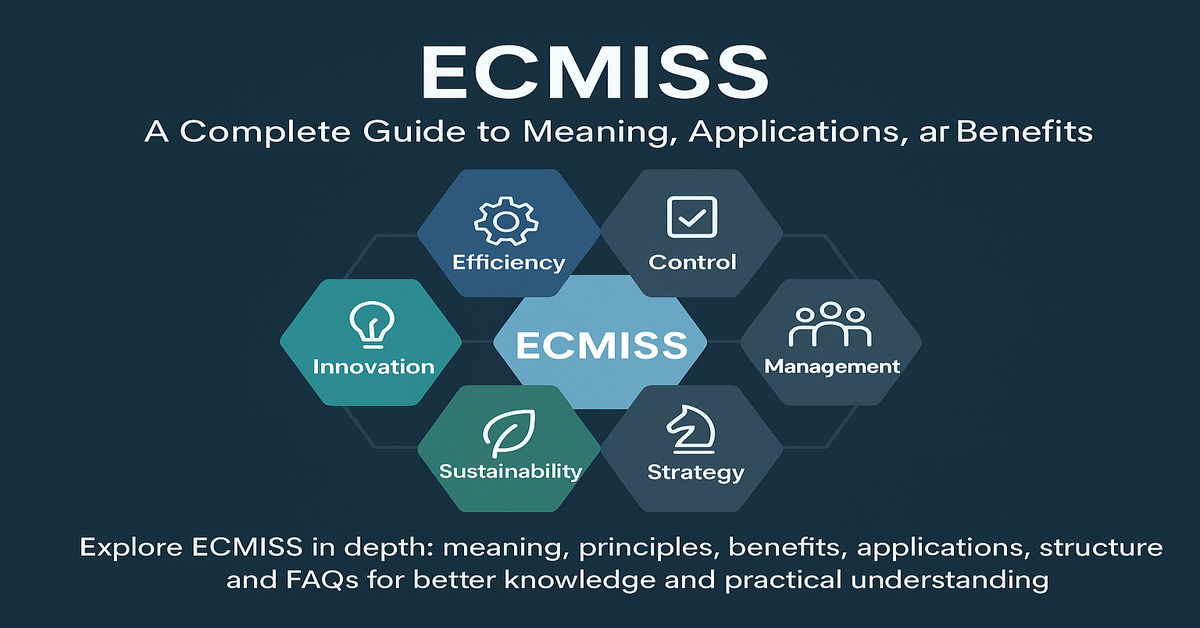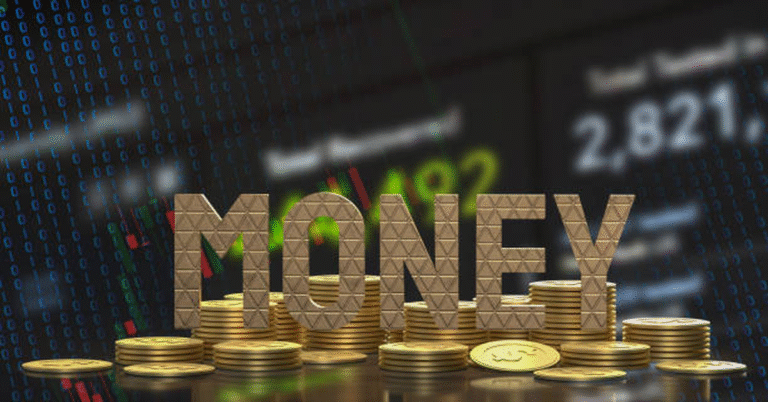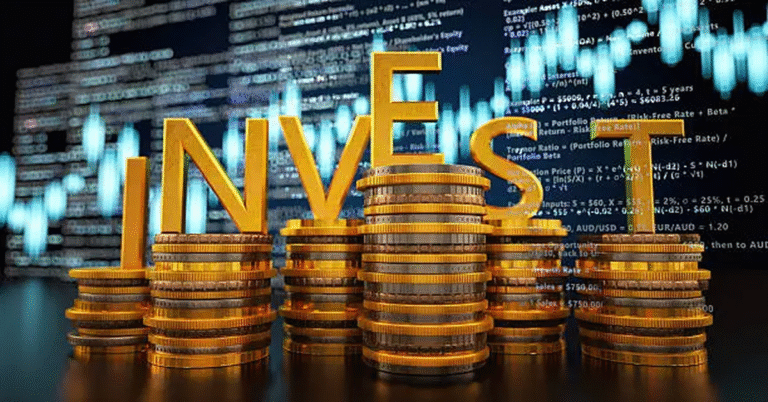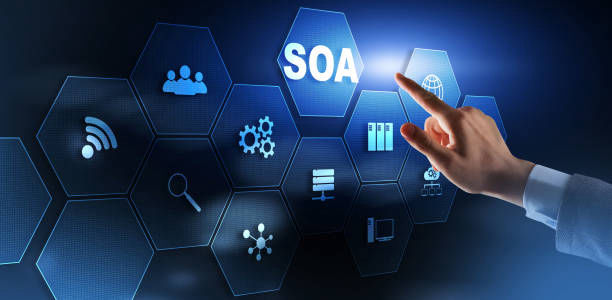
The term ECMISS is often approached with curiosity, as it appears unique and less commonly discussed compared to more familiar industry terms. To appreciate it fully, one must understand ECMISS as a conceptual framework that combines innovation, structure, and practical application. In many ways, ECMISS can be thought of as a system or methodology—an umbrella term that represents Efficiency, Control, Management, Innovation, Sustainability, and Strategy. Each of these components blends together to create a multi-layered approach that can be applied across different industries, including education, business management, healthcare, technology, and sustainable development.
By analyzing ECMISS in detail, one can better understand how abstract frameworks can provide structure in both professional and personal settings. The purpose of this article is to give a comprehensive, 3000-word exploration, its meaning, relevance, applications, and benefits in various fields. Alongside, practical tables, categorized breakdowns, and FAQs will be included to make the content clear, informative, and actionable.
Breaking Down the Concept of ECMISS
What Does ECMISS Represent?
Although ECMISS is not a universally standardized acronym, for the purpose of clarity in this article, it will be defined as:
- E – Efficiency: Maximizing productivity and minimizing waste.
- C – Control: Maintaining regulation and oversight.
- M – Management: Structuring and coordinating activities.
- I – Innovation: Embracing creativity and technological advancement.
- S – Sustainability: Ensuring long-term environmental, economic, and social balance.
- S – Strategy: Establishing direction and long-term goals.
When combined, these six pillars form a robust foundation for systems thinking. ECMISS thus becomes a holistic framework adaptable to numerous sectors.
The Six Pillars of ECMISS
Efficiency
Efficiency focuses on resource utilization and time management. In any system, inefficiency leads to waste, which negatively impacts productivity and cost-effectiveness. By embedding efficiency as a principle of ECMISS, organizations and individuals can streamline their workflows.
Control
Control ensures stability and predictability within processes. Without control, efficiency is meaningless because results would be inconsistent. Emphasizes structured monitoring, feedback loops, and governance as tools of control.
Management
Management refers to the ability to organize, plan, and execute tasks effectively. ECMISS treats management not just as oversight, but as a guidance process that aligns teams and resources toward common goals.
Innovation
Innovation keeps dynamic. By incorporating creativity, modern technologies, and adaptive thinking, systems remain future-proof and competitive. Innovation is also the driver of transformation.
Sustainability
Sustainability in ECMISS ensures that actions taken today do not compromise the ability of future generations. This principle makes highly relevant in the 21st century where ecological balance and resource preservation are critical.
Strategy
Finally, strategy underpins all the other components. Without clear strategic vision, efficiency, control, management, innovation, and sustainability operate in isolation. Strategy ensures alignment toward measurable, long-term success.
Applications of ECMISS Across Industries
ECMISS in Business
In the corporate world, ECMISS acts as a structured framework that integrates operational efficiency, strategic control, innovation, and sustainability. Businesses using better equipped to adapt to market shifts while maintaining profitability.
Table: ECMISS in Business Application
| Pillar | Business Example | Outcome |
|---|---|---|
| Efficiency | Lean production | Cost reduction |
| Control | Quality assurance | Fewer defects |
| Management | Project coordination | Timely delivery |
| Innovation | New product lines | Competitive edge |
| Sustainability | Green manufacturing | Positive brand image |
| Strategy | Long-term planning | Growth stability |
ECMISS in Education
In education can be applied to improve both teaching and learning. Efficiency translates to structured lesson planning, control refers to curriculum adherence, and management involves coordinating teachers and students. Innovation represents creative teaching techniques, sustainability links to lifelong learning, and strategy directs educational policy.
ECMISS in Technology
Technology development thrives on principles. Efficiency in coding, control through cybersecurity, management in project pipelines, innovation in research, sustainability in digital infrastructure, and strategy in deployment ensure technological solutions remain impactful.
ECMISS in Healthcare
Healthcare is another field where ECMISS shines. Hospitals and clinics can improve patient care by focusing on efficient procedures, strict controls on hygiene, effective management of resources, innovation through medical technologies, sustainability in health programs, and strategies for public health.
ECMISS in Personal Development
ECMISS is not limited to organizations—it also applies to individuals. Efficiency helps in time management, control promotes discipline, management assists in balancing responsibilities, innovation drives creativity, sustainability supports healthy lifestyles, and strategy helps people achieve personal goals.
Advantages of Implementing ECMISS
- Holistic Structure: Combines six critical aspects into one framework.
- Scalability: Can be applied at personal, organizational, and societal levels.
- Future-Oriented: With sustainability and innovation at its core, ECMISS ensures long-term relevance.
- Balanced Approach: Avoids overemphasis on one factor while neglecting others.
- Adaptability: Flexible enough to be tailored across industries and contexts.
Challenges of ECMISS
While ECMISS is powerful, it also presents challenges:
- Complexity: Implementing all six pillars simultaneously can be overwhelming.
- Resource Needs: Requires investment in systems, training, and innovation.
- Resistance to Change: Employees or individuals may find it difficult to adapt to new processes.
Comparing ECMISS with Other Frameworks
| Framework | Focus | Difference with ECMISS |
|---|---|---|
| Lean Methodology | Efficiency | Lacks sustainability and strategy focus |
| Six Sigma | Quality control | Less emphasis on innovation |
| Balanced Scorecard | Strategic alignment | Does not integrate sustainability fully |
| ECMISS | Efficiency + Control + Management + Innovation + Sustainability + Strategy | Holistic and comprehensive |
Step-by-Step Implementation of ECMISS
Step 1: Identify Goals
Clearly define what you want to achieve.
Step 2: Assess Current Systems
Evaluate efficiency, control, and management gaps.
Step 3: Integrate Innovation
Adopt new tools, technologies, and creative solutions.
Step 4: Embed Sustainability
Develop eco-friendly and socially responsible practices.
Step 5: Craft Strategy
Link all efforts into a unified long-term vision.
Example Case Study: ECMISS in a Company
A mid-sized apparel company adopted by streamlining production (efficiency), implementing strict quality control (control), reorganizing management hierarchy (management), introducing eco-friendly fabrics (innovation and sustainability), and creating a five-year expansion roadmap (strategy). Within two years, costs reduced by 18%, customer satisfaction improved, and market share expanded.
Conclusion
ECMISS is not merely a term; it is a comprehensive framework that integrates efficiency, control, management, innovation, sustainability, and strategy into a single guiding philosophy. Its applications span from business and technology to education, healthcare, and personal development. By adopting individuals and organizations can achieve balance between short-term goals and long-term sustainability, ensuring progress in a structured yet dynamic way.
In a world where systems are becoming increasingly complex offers simplicity through integration. It is a reminder that true success lies not in isolated excellence, but in the harmony of diverse principles.
FAQs
Q1. What does ECMISS stand for?
ECMISS represents Efficiency, Control, Management, Innovation, Sustainability, and Strategy—a six-pillar framework for structured progress.
Q2. Is ECMISS industry-specific?
No, ECMISS is a universal concept that can be adapted for business, education, healthcare, technology, or personal growth.
Q3. How is ECMISS different from Lean or Six Sigma?
Unlike Lean or Six Sigma, ECMISS incorporates sustainability and innovation alongside efficiency and control, making it more holistic.
Q4. Can ECMISS be applied at an individual level?
Yes, ECMISS principles can guide personal development in areas like time management, discipline, creativity, health, and long-term planning.
Q5. What is the biggest benefit of ECMISS?
The biggest benefit is its balanced, comprehensive approach that unites multiple priorities—ensuring growth, resilience, and sustainability.







